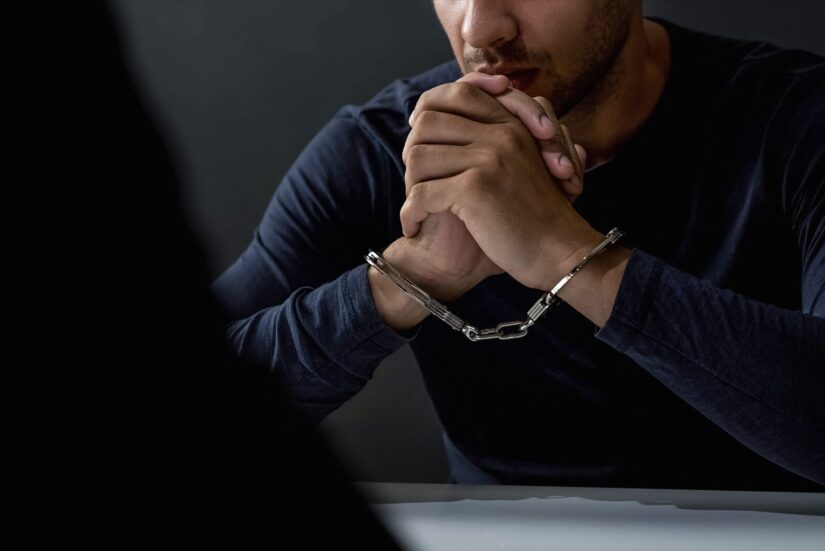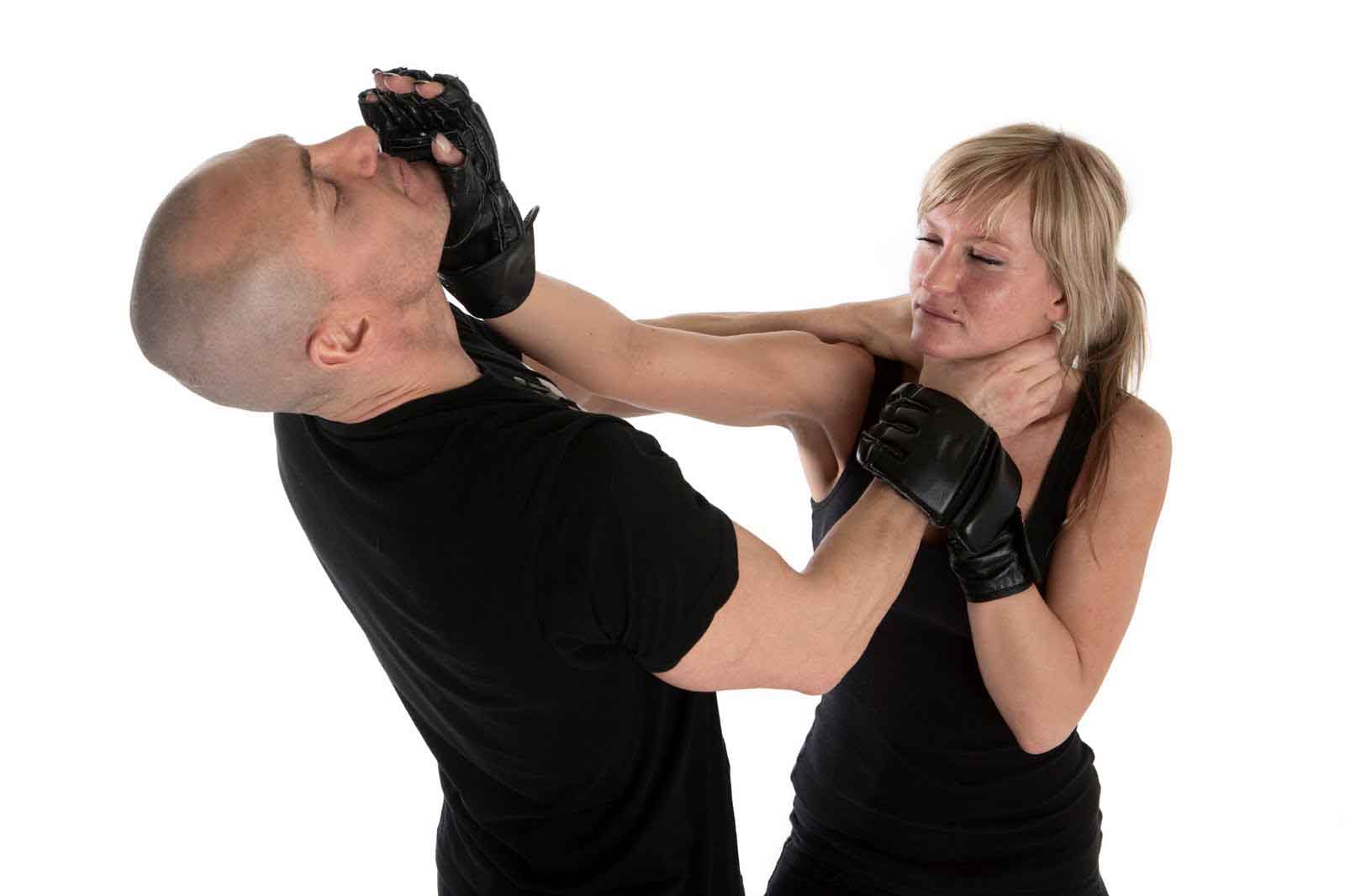 I. Introduction
I. Introduction
In cases where the taking of a life occurs in self-defense, it is crucial to understand the legal concept and importance of self-defense. Self-defense is a fundamental right that allows individuals to protect themselves from immediate and unavoidable threats of death or serious bodily harm. This article provides an overview of the legal framework surrounding justifiable homicide and explores the criteria for differentiating between self-defense and excessive force.
II. Justifiable Homicide: Legal Framework
A. Definition and conditions of justifiable homicide
Justifiable homicide refers to the lawful killing of another person in self-defense. Firstly, there must be an immediate and unavoidable threat that puts the individual’s life or physical well-being in danger. Secondly, the person claiming self-defense must have a reasonable belief that there is a risk of death or serious bodily harm. Lastly, the individual must have exhausted all possible alternatives to avoiding harm, such as retreating or seeking help.
B. Differentiating between self-defense and excessive force
While self-defense is a legitimate legal defense, it is crucial to differentiate it from the use of excessive force. The principle of proportionality is essential in assessing whether an individual’s actions were justified. Proportionality refers to the use of force that is reasonably necessary to counteract the threat. Additionally, a key factor in determining self-defense is the reasonable perception of imminent danger. The assessment of whether the perception of an imminent threat was reasonable plays a vital role in evaluating the legality of self-defense actions.
III. Imminent Threat: Establishing the Defense
A. Burden of proof on the defendant
In self-defense cases, the burden of proof lies with the defendant. The individual must demonstrate a genuine belief in the necessity of self-defense to counter a threat of death or serious bodily harm. This requires providing evidence that supports their understanding of the situation and the imminent threat they faced.
B. Evaluating the reasonableness of the defendant’s actions
When assessing the reasonableness of the defendant’s actions in self-defense, several factors must be considered. The circumstances surrounding the incident are crucial, including the location, time of day, and presence of witnesses. Understanding the intent of the victim is also essential, as an individual’s fear of imminent harm may be influenced by the actions or threats made by the victim. Furthermore, the level of force used in self-defense is evaluated to determine if it was proportionate to the perceived threat.
IV. Legal Punishments for Homicide in Self-Defense
A. No criminal charges and legal immunity
In cases where self-defense is deemed justifiable, individuals may face no criminal charges and be granted legal immunity. This means they are completely acquitted and not held legally responsible for the death of the assailant. The legal system recognizes the inherent right to defend oneself and others from immediate threats.
- Complete acquittal when self-defense is deemed justifiable When the court determines that the use of force in self-defense meets the necessary conditions, the individual is acquitted of any criminal charges. This outcome acknowledges the individual’s right to protect themselves or others from harm and affirms the concept of justifiable homicide.
- Applicable legal frameworks and stand your ground statutes Different jurisdictions have varying legal frameworks when it comes to self-defense laws. Some states in the United States have “stand your ground” statutes, which eliminate the duty to retreat and allow individuals to use force, including lethal force, to defend themselves in public places. Understanding the specific laws governing self-defense in a particular jurisdiction is crucial to determining legal punishments.
B. Potential civil liability in self-defense cases
The deceased’s family can file independent civil lawsuits seeking damages for their loss, alleging wrongful death or emotional distress.
- Independent civil lawsuits by the deceased’s family The family of the deceased may choose to file a civil lawsuit against the individual who used deadly force in self-defense. In these cases, the aim is to seek monetary compensation for their loss and hold the individual liable for the death.
- Standards of proof required in civil cases compared to criminal cases Civil cases require a lower burden of proof compared to criminal cases. In criminal cases, the standard is usually “beyond a reasonable doubt,” whereas in civil cases, the standard is commonly “by a preponderance of the evidence.” This means that it is easier to establish liability and obtain a favorable judgment in a civil case.
V. Case Studies and Precedents
A. Analysis of notable self-defense cases and their outcomes
- George Zimmerman and the shooting of Trayvon Martin This high-profile case sparked widespread discussion about self-defense laws. George Zimmerman, a neighborhood watch volunteer, fatally shot Trayvon Martin, claiming self-defense. The case raised questions about racial bias, profiling, and the interpretation of self-defense statutes, leading to a controversial acquittal.
- The case of Marissa Alexander and the use of the “Stand Your Ground” defense Marissa Alexander, an African American woman, was charged with aggravated assault after firing a warning shot in self-defense against her abusive husband. Her case sparked public outcry about racial disparities in the application of self-defense laws and the potential consequences of stand your ground statutes.
B. Influence of societal factors on legal punishments
- Public opinion and media influence on case outcomes Public opinion and media coverage can significantly impact the outcomes of self-defense cases. Public pressure, social movements, and protests can influence how the legal system handles these cases, sometimes leading to appeals, retrials, or changes in legislation.
- Racial and socio-economic disparities in self-defense cases There have been concerns about racial and socio-economic disparities in the application of self-defense laws. Critics argue that these disparities contribute to unequal outcomes for individuals from marginalized communities, highlighting the need for a fair and unbiased legal system.
In conclusion, understanding the legal punishments for homicide in self-defense involves recognizing the potential for no criminal charges and granting legal immunity. However, individuals may still face civil liability. Examining case studies and considering the influence of societal factors highlights the complexities and nuances surrounding self-defense cases. It is essential to navigate these intricacies while promoting a fair and just legal system.






